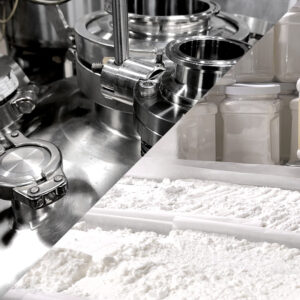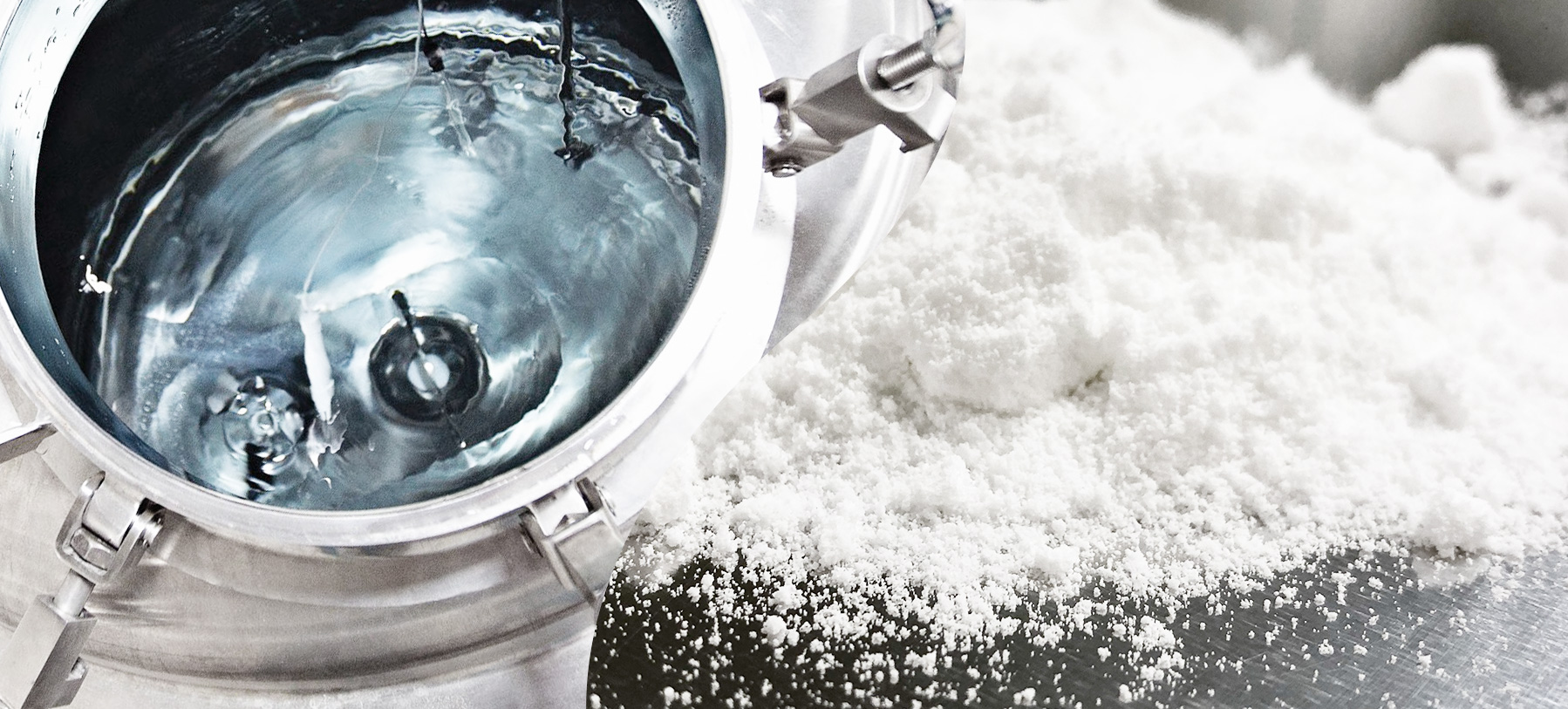For CBD, the higher the quality, the higher the benefits.
Then what factors determine the quality of CBD?
First of all and in order to establish the factors to take into consideration, we will segment this post into two parts. The first part will be addressed to CBD product manufacturers and the second part would be more of a consumer guide to identifying the quality of a consumer-facing product, if you are a consumer, feel free to jump into this section.
Organic vs Non-Organic
Much like organic fruits and vegetables, certified organic CBD is held to a much higher standard than non-organic products. This goes beyond growing CBD or hemp without pesticides or keeping it separate from non-organic CBD hemp during harvesting. High-quality CBD products come from organically grown hemp. Non-organic CBD products may contain heavy metals and other toxins from the soil or may have been treated with pesticides in the growing process. Low-quality CBD products also come from low-dose THC marijuana strains which in order to extract CBD use harsh chemical solvents to isolate CBD.
Extraction Outcomes:
The outcome of the extraction is one of the most important factors to consider when selecting the method to be used. When we talk about Isolated, Broad Spectrum, and Full Spectrum, those terms refer to the extraction outcome, so let’s start with a short definition:
- Isolate= Pure CBD (isolated from other compounds)
- Full Spectrum= CBD+ Terpenes+THC (<3%)+ other Cannabinoids
- Broad Spectrum=Like Full Spectrum minus the THC
The following are the most common extraction processes, some of them are best to Isolate CBD and others are best suitable for Broad or Full Spectrum, but we can’t say there is one process that’s better than another, it just depends on the execution and you can only determine their quality by testing the outcome.
Extraction Processes:
Ethanol extraction
Can be run under different temperatures and the outcome of the extraction will widely depend on this factor. With too warm temperatures there is a risk of extracting undesirable and unwanted compounds. With too cold temperatures the efficiency and profit margin may be significantly reduced. Therefore, cold ethanol extraction is often the preferred method with an optimal temperature range ideally between -30˚C (-22˚F) and -40˚C (-40˚F). One of the benefits is that cold ethanol won’t pull out plant lipids and pigments. This means you can avoid having to deal with a winterization step and may achieve a more optimal flavor profile.
Hydrocarbon Extraction
Refers to using butane or propane as a solvent that’s passed through the raw cannabis matter to collect cannabinoids and terpenes. The solvent with the essential oils is then heated up to evaporate off the butane or propane, leaving behind the extract. The risks of this method include a moderate potential for toxic solvent residue.
CO2 Extraction
Can be performed using different level pressures, according to the CO2 levels used, the extraction can be Supercritical, Mid-Critical, and Subcritical.
The first has become the most common one, in this process Carbon Dioxide is used as a solvent after liquifying C02 through specialized equipment. The superficial C02 passes through the cannabis plant, filtering the necessary CBD nutrients. The solution then passes through a separator that draws the CBD and terpenes out. Manufacturers can simply adjust the solvent and pressure ratios to achieve the desired concentration of CBD. This method is ideal for Isolates but no so much for Full or Broad Spectrum CBD mainly because some components like terpenes are left behind at the beginning of the process.
Mid-Critical and Sub-Critical processes only differ from the Supercritical CO2 extraction on the pressure level and temperature applied. These processes are longer, less efficient, and produce smaller yields, but they retain and protect fragile constituents like essential oils, terpenes, and other sensitive chemicals within the plant, which is highly desirable when producing full-spectrum cannabis products.
 Any of the previously described Methods can derive into a good quality outcome, so beyond the extraction method used by your provider, a key decision factor should be to figure out if they use a third-party lab to test the concentration of the CBD in their products, as well as the safety of the other ingredients. Any reputable manufacturer will make these test results readily available on their website, with their product packaging, or upon request. The test results will show the potency of the CBD and other cannabinoids (described in milligrams). They’ll also reveal any potential contaminants, as well as the presence of any solvent residue if the product used hydrocarbon solvent extraction.
Any of the previously described Methods can derive into a good quality outcome, so beyond the extraction method used by your provider, a key decision factor should be to figure out if they use a third-party lab to test the concentration of the CBD in their products, as well as the safety of the other ingredients. Any reputable manufacturer will make these test results readily available on their website, with their product packaging, or upon request. The test results will show the potency of the CBD and other cannabinoids (described in milligrams). They’ll also reveal any potential contaminants, as well as the presence of any solvent residue if the product used hydrocarbon solvent extraction.
So what does the term clean extraction really mean?
Some of the previous methods are known for leaving traces of harmful residual solvent in the extract, it can also refer to the environmental footprint that the implicated in the process, therefore, a clean extraction can refer to both traces in the product or the environment.
After the CBD extraction, these Isolates, Full or Broad Spectrum components will be either continue into a production line into final products or sold to a different manufacturer who will add them to other substances to create various CBD products like teas, gummies, capsules, edibles, tinctures, topical creams, or salves.
Label CBD Terminology: 
If you’re buying, for example, CBD oil, the product will likely include a carrier oil to stabilize and preserve the CBD and help your body absorb it. That’s why one of the main ingredients of the product may be grapeseed oil, MCT oil, olive oil, or even cold-pressed hemp seed oil.
A CBD oil or an edible might also contain a natural or artificial flavoring or coloring.
If you’re buying a full-spectrum product, check the THC percentage to be sure it meets your needs.
If you’re buying abroad- or full-spectrum products, it may also list the cannabinoids and terpenes included, though these are often included in the certificate of analysis (COA).
Certificate of Analysis:
A reputable CBD product will come with a COA. That means it’s been third-party tested by an outside laboratory that doesn’t have a stake in the product.
You may be able to access the COA while you shop by scanning the QR code on the product with your smartphone.
Many product websites or retailers also have the COA available. If it’s not, email the company and ask to see the COA. The factors to look for would be:
1. Labeling accuracy
The CBD and THC concentrations on the COA should match what’s stated on the product label. Labeling inaccuracies are a common issue with CBD products.
One study revealed that only about 31 percent of products are accurately labeled. After analyzing 84 CBD products sold online, researchers found that with respect to CBD, about 43 percent have a higher concentration than stated, and about 26 percent have less than claimed.
2. Cannabinoid profile
If your product is full- or broad-spectrum, look for a list of cannabinoids and other compounds. Cannabinoids like cannabidiol acid (CBDA), cannabinol (CBN), cannabigerol (CBG), and cannabichromene (CBC) should be on the list.
3. Additional lab charts
Look for heavy-metal and pesticide analyses, as well. You can determine if a certain contaminate is detected at all, and, if so, if it’s within a safe limit for ingestion. Check the status column of these charts and make sure it says “pass.”
Final Thoughts
CBD products, have skyrocketed in popularity and seem to be for sale everywhere, but without wide federal oversight, the regulations are not always being followed. So it is up to the consumer to check on the product’s labels, and if they don’t have third-party testing, the product probably isn’t worth buying.



